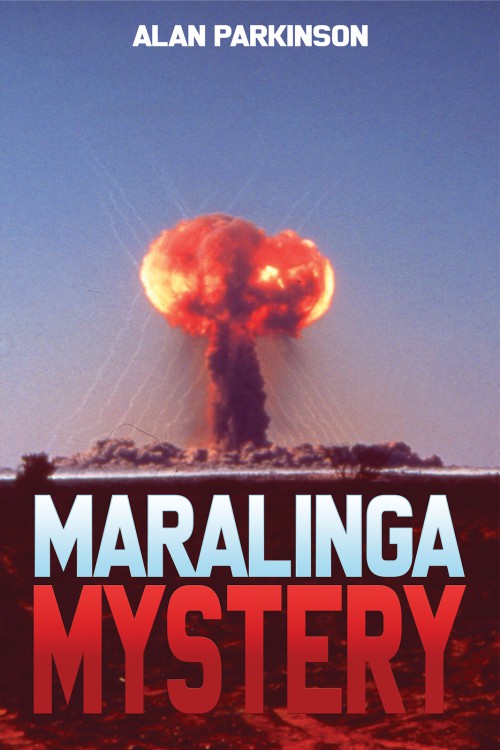
By: Alan Parkinson
*Available directly from our distributors, click the Available On tab below

Alan Parkinson is a mechanical and nuclear engineer, now retired. On graduating from Manchester University in 1957, he joined the UK Atomic Energy Authority at Risley near Warrington. He has many years of experience in the nuclear industry in the UK, Australia, Canada and the USA. In 1965, he emigrated to Australia to work on a nuclear power station which, he found later, was to be part of a much larger project to produce a nuclear bomb. The project did not proceed. Meantime, Britain tested nuclear weapons at three locations in Australia, notably at Maralinga in South Australia. In 1989, Alan developed some thirty options for cleaning up the abandoned site at Maralinga. He was a member of a committee advising the government on the clean-up, and was their representative overseeing the project. He was removed from both appointments after questioning the management of the later phase of the project, but maintained contact with the site as an adviser to the traditional owners.
We use cookies on this site to enhance your user experience and for marketing purposes.
By clicking any link on this page you are giving your consent for us to set cookies